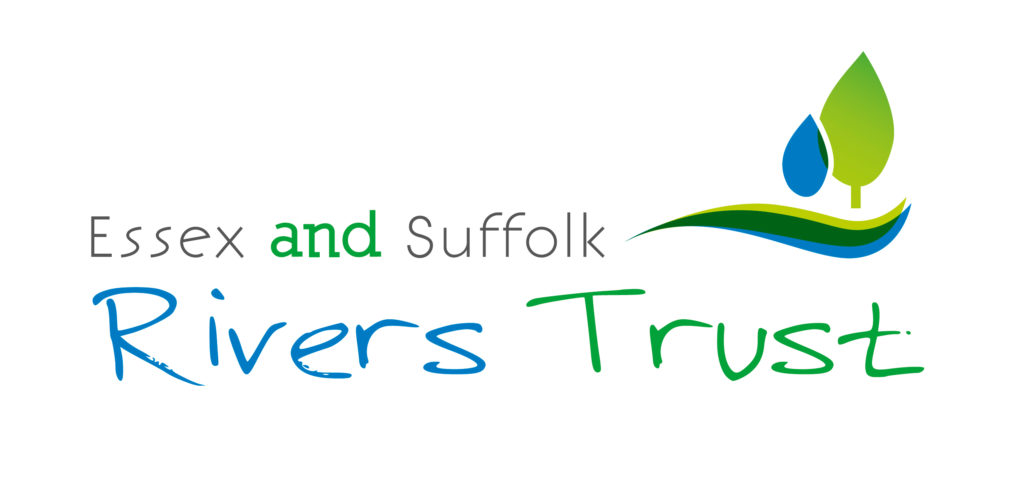Beware, aliens are a foot! When we say aliens what we actually mean is watch out for ‘non-native species’, often referred to as alien or invasive species, which is flora and fauna that has been introduced into the wild through mostly human activity and is non-native.
Our rivers are key wildlife corridors that are used by a wide and diverse range of animals, birds and plants. They provide free movement between habitats, safe refuge, plentiful food supplies and also allow many to complete their lifecycles.
Unfortunately, all too often our river flora and fauna includes invasive non-native species (INNS). Plants and animals that can dominate, outcompeting our native species, often spreading disease and causing habitat loss and damage to our river bank, and predating on our native species.
What can we do to control them? Well, the Essex and Suffolk Rivers Trust (ESRT) are proposing to take on the challenge, which follows on from the good work of the Dedham Vale AONB and Stour Valley Projects (DVSVP), by continuing to target and control the presence of Himalayan balsam (Impatiens Glandulifera) along the River Stour, River Box and River Brett.
How can you help? We will need volunteers to help with the hand-pulling of the Himalayan balsam. You can volunteer by visiting www.essexsuffolkriverstrust.org . You can also help by reporting sightings of invasive species to the Suffolk Biodiversity Information Service (SBIS) using the on-line recording page.
Other simple measures to help safeguard our native species, preventing the further accidental spread of invaders, include; being plant-wise by ensuring you do not let non-native plants spread to the wild, never releasing or allowing pets to escape into the wild, and adopting the Check, Clean, Dry protocol when using crafts or equipment in the water (e.g. boaters and anglers).
Andy Went,
Project and Catchment Officer
Essex and Suffolk Rivers Trust,


